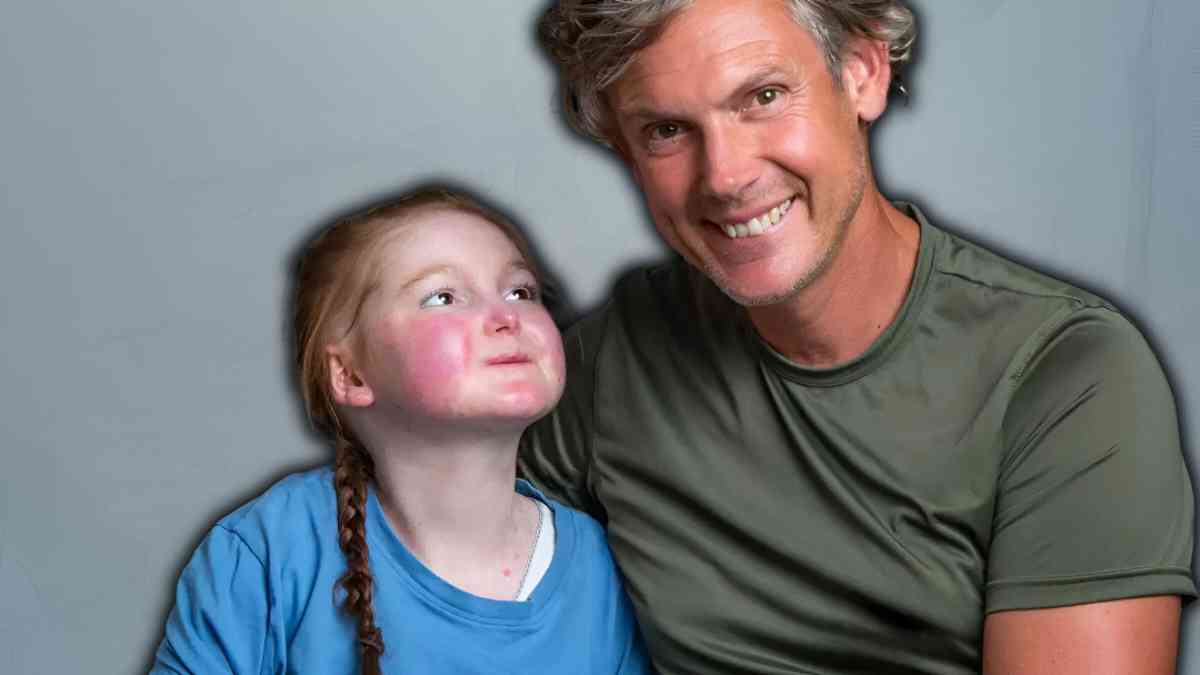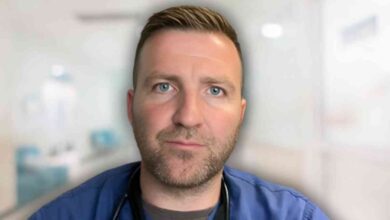Isla Grist: The Courageous Teen Inspiring a Nation Through Pain and Hope

Few names in the UK have stirred hearts and inspired action quite like Isla Grist. A teenager from the Scottish Highlands, Isla has become the face of resilience in the battle against one of the rarest and most painful skin conditions known to medicine—Recessive Dystrophic Epidermolysis Bullosa (RDEB). Often referred to as “butterfly skin,” this genetic disorder leaves the skin as fragile as a butterfly’s wing, prone to blistering and tearing from the lightest touch.
Isla’s story is not just one of medical struggle; it’s a profound tale of human will, family support, and national awareness. This article explores her journey, the science behind her condition, and the incredible wave of compassion and activism that she has inspired.
What Is Epidermolysis Bullosa (EB)?
To understand Isla Grist’s life, it’s important to grasp the nature of the condition she was born with. Epidermolysis Bullosa is not a single disease but a group of genetic disorders that cause the skin to blister and tear at the slightest friction. There are several types of EB, but Isla lives with one of the most severe forms—Recessive Dystrophic EB (RDEB).
In RDEB, the body lacks a critical protein called collagen VII, which is responsible for anchoring the layers of skin together. Without this protein, the skin becomes unstable, causing wounds, blisters, and extreme pain even from everyday movements. For some, internal organs like the esophagus and digestive tract can also be affected, making eating and digestion agonizing.
Isla’s Early Life and Diagnosis
From the moment she was born, Isla’s condition was evident. Her skin blistered with minimal contact, and she required specialized care from day one. Her parents, Andy and Tilli Grist, were quickly introduced to a world of hospital stays, emergency protocols, and specialized bandaging techniques that would soon become part of their everyday life.
Despite the diagnosis, the Grist family chose hope. They embraced every medical advancement available and built a support network that would become essential for managing Isla’s health.
The Daily Reality of Living With EB
The daily routine for someone like Isla Grist is unimaginable for most people. Each morning begins with intensive wound care. Her dressings must be changed meticulously to prevent infection. The process is slow and painful, often taking hours and requiring strong painkillers to endure.
Simple actions—walking, eating, bathing—carry risks. The inside of her throat can blister just like her skin, making meals a challenge. Schooling, social life, and childhood pleasures all require extraordinary adaptation and support.
A Face for Awareness and Advocacy
Isla Grist has taken what many would consider a private burden and transformed it into a public mission. She is not just a teenager dealing with a rare disease—she has become a passionate advocate for awareness and change.
Appearing on programs like BBC Breakfast and Good Morning Britain, Isla has educated millions about EB. Her eloquence and courage have humanized a condition that few had heard of before, opening eyes and hearts across the UK and beyond.
The Power of Community: Graeme Souness and National Fundraising
Perhaps one of the most powerful outcomes of Isla’s story has been the groundswell of public support. Former Liverpool captain and Scottish football icon Graeme Souness was so moved by Isla’s courage that he undertook an extraordinary challenge—swimming the English Channel to raise money for EB research and care.
His efforts, motivated directly by Isla’s story, generated over £1.2 million for the DEBRA charity, the leading organization supporting people living with EB. That swim, covered by major media outlets, brought national attention to a disease that had long existed in the shadows.
The Role of DEBRA and the Medical Community
Isla’s journey is deeply intertwined with the work of DEBRA UK. This nonprofit has provided her family with nursing care, wound supplies, emotional support, and advocacy at every stage. But the charity also funds cutting-edge research aimed at finding a cure or significantly improving the quality of life for EB patients.
Researchers around the world are now racing to develop gene therapy solutions and protein-replacement treatments. While no cure exists yet, breakthroughs in experimental therapy are offering new hope, and Isla’s public presence is accelerating funding and visibility for these efforts.
Emotional Resilience: Isla’s Bright Spirit
What stands out most about Isla Grist is not her condition but her spirit. Despite the excruciating pain and limitations she lives with, Isla is known for her kindness, humor, and optimism. She comforts others with EB, helps raise money for other families, and continues to participate in interviews and events that spread awareness.
In 2023, she was recognized at the Pride of Scotland Awards, winning the “Teenager of Courage” category. The award was a small reflection of the immense admiration felt by so many across the nation.
A Family’s Strength and Sacrifice
Behind Isla’s public image is a devoted family navigating one of the most challenging caregiving roles imaginable. Her parents have had to learn how to be full-time nurses, advocates, and emotional anchors while also fighting for support systems and funding. Their story is one of tireless love and strength.
They’ve also become powerful voices in the EB community, advocating for policy changes and expanded access to healthcare for rare disease patients in the UK.
The Importance of Visibility for Rare Diseases
Isla Grist’s rise to national attention is significant in the broader context of rare diseases. Most rare conditions receive little research funding or public recognition. Patients and families often feel isolated and unsupported.
By stepping into the spotlight, Isla has shown that visibility can change everything. Increased awareness leads to donations, research funding, and policy shifts. It also builds empathy and connection in a society that can sometimes overlook invisible suffering.
The Road Ahead: Hopes for Treatment and Cure
While Isla and her family continue to manage the complex realities of RDEB, the future holds hope. Scientists are working on therapies such as:
-
Gene therapy, to correct the faulty gene causing EB.
-
Protein replacement therapy, to supply missing collagen to affected areas.
-
Stem cell transplants, offering potential long-term improvements.
Clinical trials are underway, and with more funding and public interest, the pace of development is accelerating. Isla’s voice is not only helping today’s patients—it’s laying the groundwork for a better future.
Why Isla Grist’s Story Matters
In a world that often moves too fast to notice the quiet struggles of others, Isla Grist is a reminder to slow down, listen, and care. Her life, though filled with challenges, is also filled with love, purpose, and remarkable courage.
She has brought attention to a disease that desperately needed a spotlight. She has inspired people—from professional athletes to everyday citizens—to take action. And she has redefined what it means to be strong.
Conclusion: A Legacy of Strength and Compassion
The story of Isla Grist is still being written. Every day, she continues to live bravely, influence others, and push the boundaries of what’s possible for those with EB. Her journey teaches us about endurance, the power of community, and the importance of compassion in a world that sometimes forgets to look beyond the surface.
As research advances and awareness grows, Isla’s courage will remain a guiding light—not only for those living with EB but for anyone facing adversity with hope in their heart.



